Moringa is a plant that is native to the sub-Himalayan areas of India, Pakistan, Bangladesh, and Afghanistan. It is also grown in the tropics. The leaves, bark, flowers, fruit, seeds, and root are used to make medicine.
Moringa is used for “tired
blood” (
anemia);
arthritis and other
joint pain (rheumatism);
asthma;
cancer;
constipation;
diabetes;
diarrhea;
epilepsy;
stomach pain;
stomach and intestinal ulcers; intestinal spasms; headache;
heart problems;
high blood pressure;
kidney stones; fluid retention;
thyroid disorders; and bacterial, fungal, viral, and parasitic infections.
Moringa is also used to reduce swelling, increase
sex drive (as an aphrodisiac), prevent
pregnancy, boost the immune system, and increase
breast milk production. Moringa contains proteins, vitamins, and minerals. As an
antioxidant, it seems to help protect cells from damage.


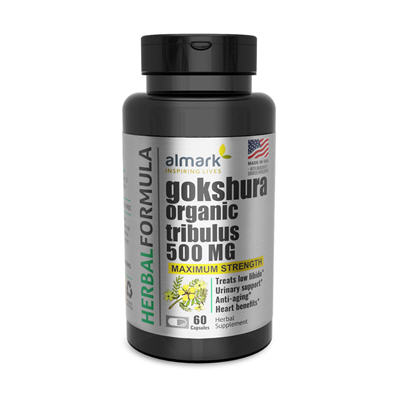
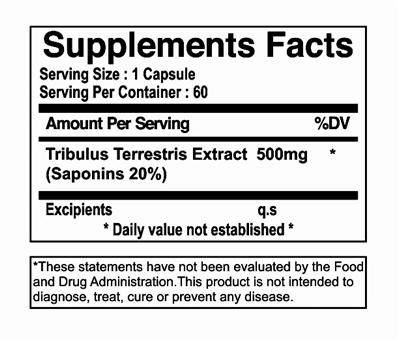
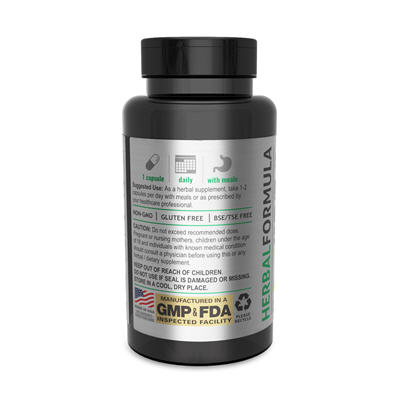

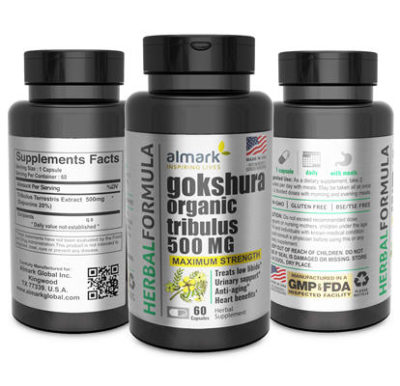
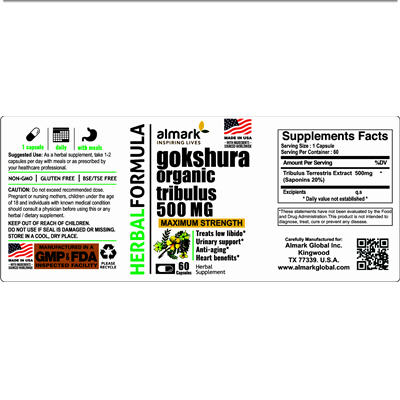
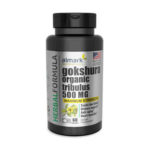
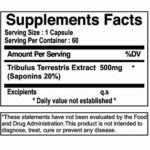
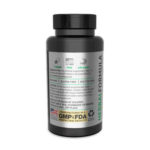

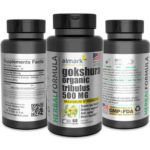



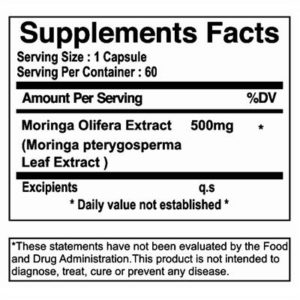




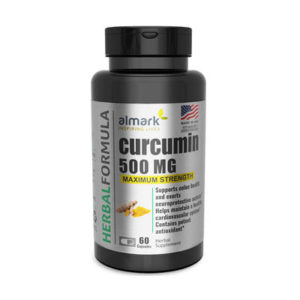
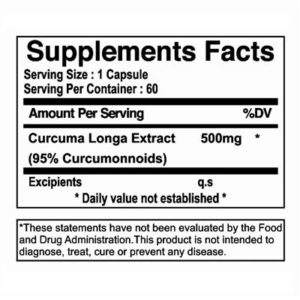



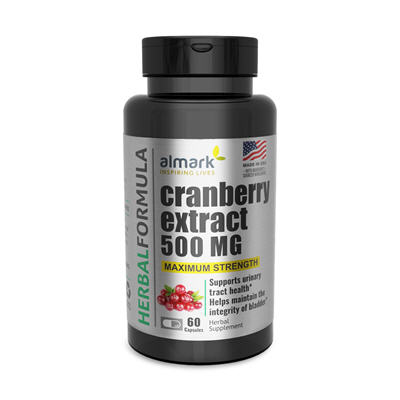





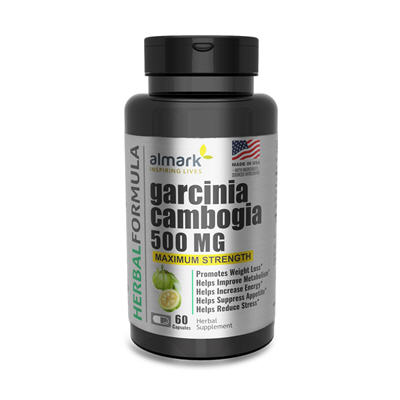

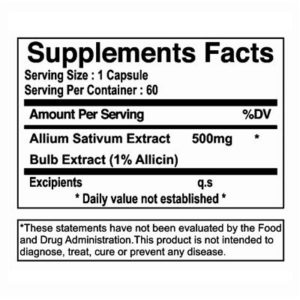
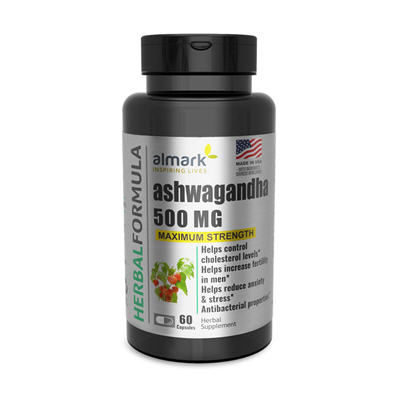
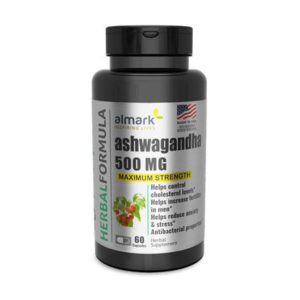
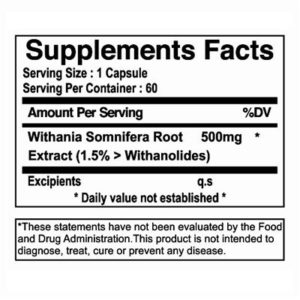
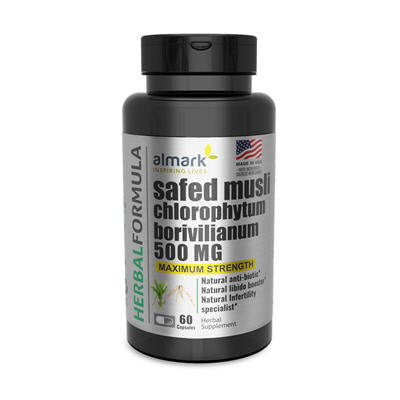

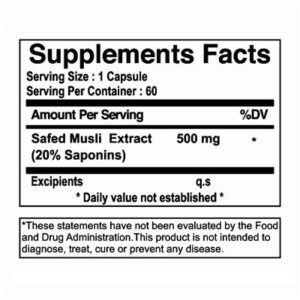

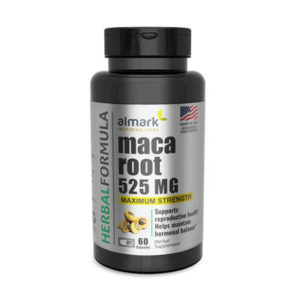

Reviews
There are no reviews yet.